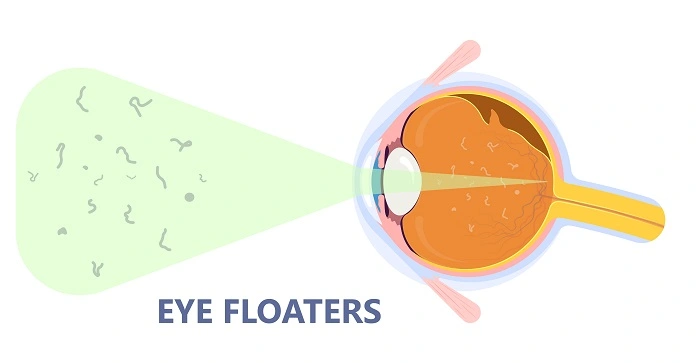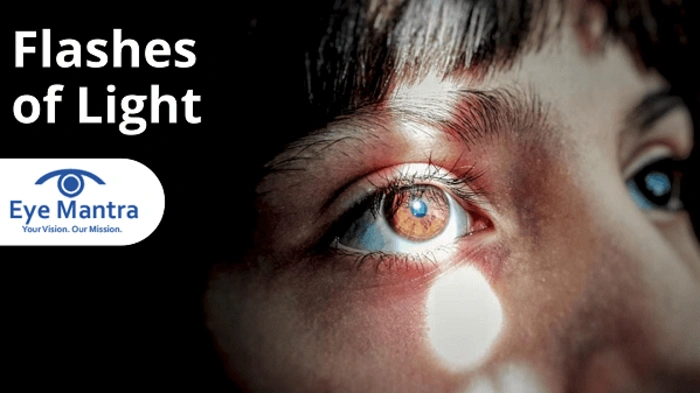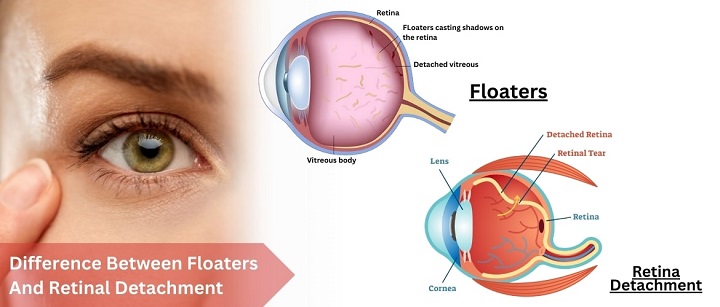A sudden flash. A burst of light on the periphery of your eye. Like lightning on a sunny day. For others, eye flashes suddenly appear, raising questions and anxiety. Are they harmless? Are they harmful? What do they mean?
Eye flashes are normal, especially as we age. Sometimes they accompany the normal development of the eye. Sometimes they are a sign of things that need to be addressed immediately. To ignore them is to put yourself at risk for being surprised by your body’s silent warning.
This book will take you through all that has ever been known about eye flashes. Why do they happen? How they feel. When to worry. How doctors diagnose and treat them. Towards the end, you’ll not only see the science behind this small but significant symptom, but also the human component.
What Are Eye Flashes?

The Spark Explained
Eye flashes are similar to lightning streaks, sparks, or bursts of light. They occur in one eye or both eyes. They usually arrive when the eye is shut, at night, or when the eye travels very rapidly.
The Science
Within the eye is a jelly substance known as the vitreous. As it moves or tugs on the retina, the light-sensitive tissue in the back of the eye, it triggers signals. The brain receives the signals as light—resulting in flashes.
Common Causes of Eye Flashes
Aging and Vitreous Changes
As a person gets older, the gel vitreous shrinks and separates from the retina. This is referred to as posterior vitreous detachment (PVD). It is one of the major reasons for flashes of the eyes and generally harmless in itself.
Migraines
Some individuals experience eye flashes before or with a migraine. Referred to as a migraine aura, the flashes typically are sparkling zigzag patterns or flashing bright spots.
Trauma
A blow to the head or eyes creates flashes. The shock literally shakes the vitreous physically and creates sparks of light.
Retinal Detachment or Tears
Worst underlying cause. If the retina is detached or torn, it creates flashes in the eyes. This can lead to blindness if left uncorrected. That is why new, abrupt flashes need to be examined by a doctor immediately.
Inflammation or Infection
Uveitis or infections of the eyes may irritate the retina and cause flashes.
What Do Flashes Feel Like?
- Flash of sudden lightning through vision
- Random sparks in the dark
- Flickers that go away when eyes relax
- Migraine auras with shimmering that lasts
For some, flashes occur from time to time. For others, they are frequent.
Eye Flashes vs Eye Floaters
Flashes
Light-like—streaks, sparks, or lightning. Due to traction on the retina.
Floaters
Glow as dark specks, strings, or cobwebs suspended in vision. Due to debris or clumps in the vitreous.
They often occur with vitreous detachment.
Symptoms That Require Urgent Attention
- Abrupt onset of flashes
- New floaters, especially many all at once
- Moving shadow or curtain in the vision
- Loss of peripheral vision
- Pain, redness, or blurred vision with flashes
These could be signs of retinal detachment—a medical emergency.
Diagnosing Eye Flashes
Medical History
Physicians ask: When did you first observe red flashes? How often do you see them? Do you have any other symptoms like floaters or headaches?
Eye Exam
Dilation of the eyes enables doctors to see the retina and vitreous up close. Special lenses magnify the structures to detect tears, detachment, or bleeding.
Imaging
Optical coherence tomography (OCT) and ultrasound tests provide excellent images of the retina and vitreous.
Treatments for Eye Flashes
Observation
Eye flashes can resolve within weeks or months in case of vitreous detachment. No treatment is necessary, but observation must be done.
Migraine Management
In case of flashes due to migraine, therapy is aimed at migraine and cause prevention—drugs, life style modification, stress management.
Retinal Tears
Laser or cryotherapy therapy seals tears prior to their progression.
Retinal Detachments
Emergency operation is needed. Operation like vitrectomy or scleral buckle corrects the retina and avoids vision loss.
Treatment of Underlying Conditions
Inflammation, infection, or systemic illnesses are treated appropriately based on the etiology.
Daily Life with Flashes in the Eyes

Anxiety and Uncertainty
Eye flashes worry. “Is this a big deal? Am I ever going to see again?” The unknown is a burden. Getting checked out offers reassurance.
Breaking Habits
- Avoiding abrupt eye rubbing
- Shielding eyes from harm
- Controlling migraine and stress
Monitoring
Keeping a flash diary enables physicians to track patterns and know what to do next.
Prevention and Eye Health
- Regular eye exams, especially after the age of 50
- Protective eyeglasses while playing sports or participating in dangerous activities
- Disease management such as diabetes and high blood pressure
- Healthy consumption of food rich in vitamins A, C, and omega-3s for eye maintenance
- Drinking enough water to support adequate functioning of eyes
Patient Stories
The Teacher
Age 55, a teacher experienced sudden flashes and a curtain of floaters. She took an appointment with her eye specialist the same day. Her eye specialist diagnosed a tear in the retina and treated with laser. Her quick action saved her vision.
The Runner
A young woman training for a marathon started noticing flashes after lengthy runs. Her exams were unremarkable—nothing but vitreous traction. Her flashes disappeared with time, and she kept running.
The Artist
A painter who suffered from migraines frequently noticed flashing zigzag lights before the headache. Identifying her triggers and making changes to her lifestyle diminished both migraines and the annoying light displays.
Emotional Impact of Eye Flashes
Flashes may be small streaks of light, but psychologically, they can be debilitating. Fear of blindness. Health worries. Frustration at having others inform them the symptom is “nothing.”
Empathetic doctors, compassionate family, and education bring balance. Knowledge that some etiologies are benign and others are serious allows women and men to embrace eye flashes with equanimity.
Future of Eye Flash Treatment
Technology continues to advance.
- Computerized vision in eye imaging may detect retinal tears earlier.
- Surgery is becoming ever safer and faster.
- Tele-ophthalmology allows rural patients to have eyes treated remotely.
All is looking rosy. Flashes may never be fully eradicated but treatment and prevention are making each year better.
FAQs About Eye Flashes
What is the most common cause of eye flashes?
The most common cause is vitreous detachment, part of a normal aging process.
Are eye flashes risky?
Sometimes harmless, but new or unusual flashes can signal retinal detachment or tears—serious and to be treated immediately.
Do migraines cause eye flashes?
Yes. Migraine auras also usually appear as flashing lights or zigzags before headaches.
Will eye flashes go away?
Most do it on their own, but others persist. Routine checkups keep them from being a warning sign of retinal damage.
When should I consult a doctor regarding eye flashes?
Immediately if flashes are sudden, repeated, or with floaters, vision loss, or a shadowy curtain-like effect.
Eye flashes are not sparks of light. They are the body’s message. They sometimes whisper in soft tones of change with good intent. They sometimes scream of danger at hand.
To every one of them, there is the same message: listen. Be careful when flashes come up for the first time. Don’t shut your eyes to the signs. Tend gently to your sight and listen to the speech of your eyes.
Behind every flash is not just light. It is the record of your sight, your freedom, your destiny.


